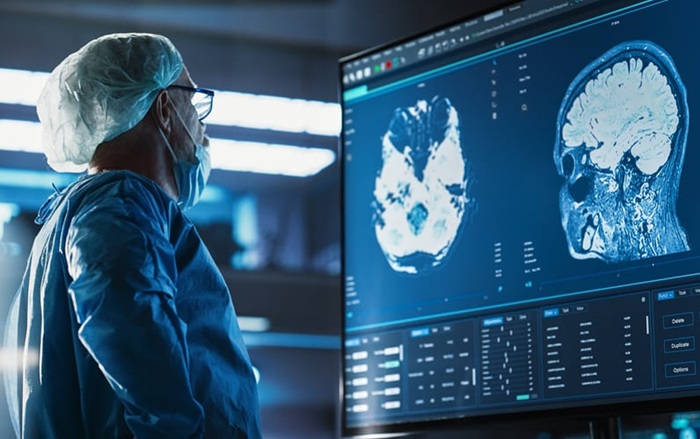Optimized Gold Nanoparticles to Improve Drug Delivery, Cancer Therapy and Imaging
Posted on 04 Jun 2025
Health care professionals utilize gold nanoparticles for a variety of medical purposes, including diagnostic imaging and cancer treatment. Gold is an ideal material for these applications due to its biocompatibility, stability, and visibility in imaging tests. However, despite the wide use of gold nanoparticles in medicine, there is limited understanding of how their size influences their performance. L-cysteine, an amino acid crucial in many biological functions, can prevent gold nanoparticles from aggregating, which is essential for ensuring the success of medical treatments. By forming a strong bond with gold, L-cysteine facilitates the attachment of nanoparticles to specific targets, such as cancer cells. A new study aimed at exploring the relationship between the size of gold nanoparticles and their interaction with L-cysteine found that smaller nanoparticles tend to exhibit the best performance.
Researchers at Western University (London, ON, Canada) collaborated with the Canadian Light Source at the University of Saskatchewan (Saskatoon, SK, Canada) to investigate how the size of gold nanoparticles affects their interaction with L-cysteine. Using synchrotron light along with other advanced techniques, the team found that smaller gold nanoparticles (5 nanometers) formed stronger bonds with L-cysteine compared to larger nanoparticles (10, 15, and 20 nanometers). For context, a human hair is approximately 100,000 nanometers wide.

The findings, published in the journal Particle & Particle Systems Characterization, also revealed that the smallest gold nanoparticles were less likely to clump together when L-cysteine was present. Clumping can impair the effectiveness, stability, and safety of nanoparticles. The researchers believe that these insights could help optimize the size of gold nanoparticles, thereby enhancing drug delivery, improving cancer treatment, and refining imaging techniques.
“It is important to know if the (gold) particle stays the same size, because each size has specific properties and you design the particle in this way, and then don't want it to change in the human body,” said Yolanda Hedberg, a professor of chemistry at Western University. “When we understand exactly how the size is affecting the reaction with the environment, we can design the particle size in a way that we make the nanomedicine as effective as possible.”














